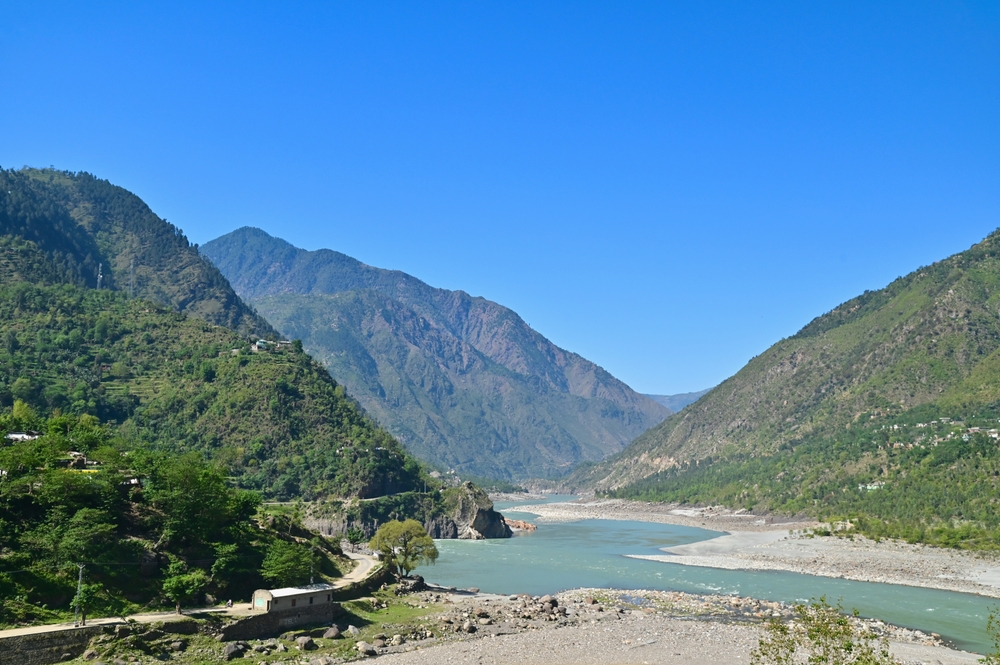Giant catfish have long captured the fascination of anglers and aquatic enthusiasts worldwide, known for their remarkable size and strength. These freshwater behemoths, often weighing hundreds of pounds, can be found in rivers and lakes across the globe, from the mighty Amazon Basin to the Mekong River in Southeast Asia. Catching one of these massive fish is a rare feat, requiring patience, skill, and a bit of luck, as they’re elusive and powerful enough to test even the most experienced anglers. Each of these record-breaking catfish holds a story, showcasing the diverse and thriving ecosystems that support such impressive life.
Giant Mekong Catfish – Thailand (646 Pounds)
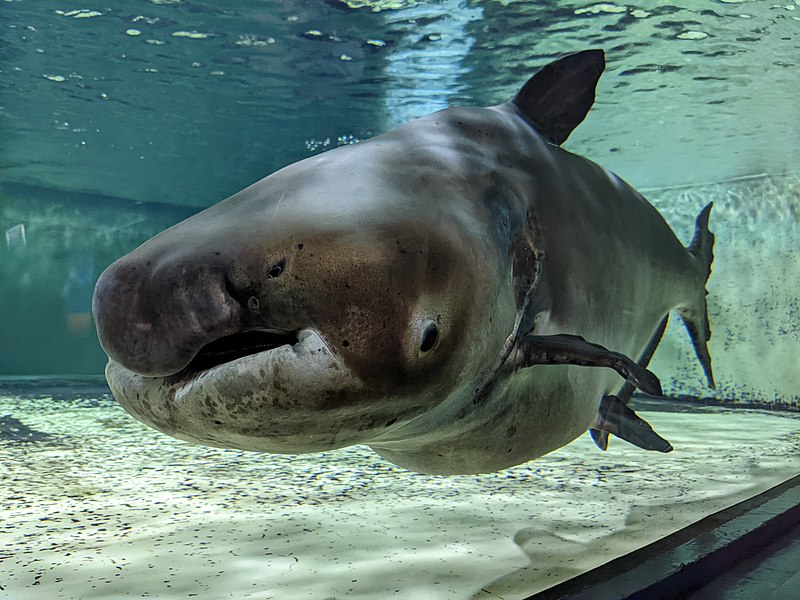
The record-breaking Mekong catfish caught in northern Thailand in 2005 is considered the largest catfish ever documented. This freshwater giant weighed in at a staggering 646 pounds, setting an impressive record. Caught by local fishermen in the Mekong River, this catfish is estimated to have measured nearly nine feet in length. The immense size of this fish not only stunned the local fishing community but also garnered international attention. Mekong catfish, known for their substantial size, are native to Southeast Asia and are highly revered in local cultures. Conservation efforts for these massive creatures have intensified due to overfishing and habitat destruction. This particular catch remains a symbol of the incredible biodiversity that exists in the world’s rivers.
Wels Catfish – Italy (317 Pounds)
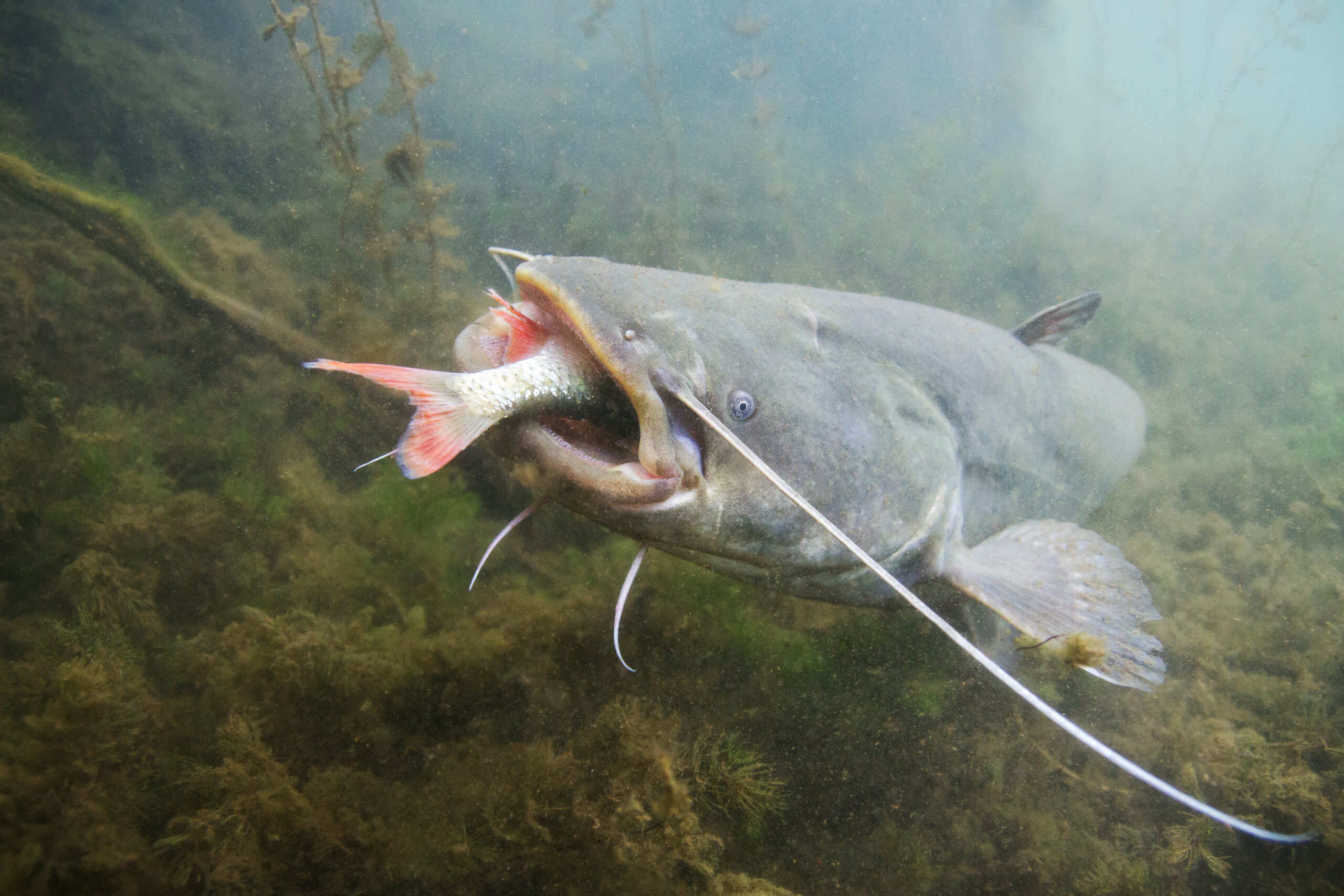
Caught in the Po River in Italy in 2015, a Wels catfish measuring an impressive 317 pounds astonished local and international fishing communities. Known for their longevity and ability to reach massive sizes, Wels catfish are a marvel in European waters. This particular catch was over eight feet long, showcasing the fish’s muscular build and unique appearance. The Po River has been known to produce large catfish, but this one stands out due to its substantial weight. Native to European and parts of Asian waters, Wels catfish are considered among the largest freshwater fish in these regions. The capture of such a hefty fish highlights the health and diversity of Italy’s river ecosystems. This incredible specimen set a high standard for anglers across Europe.
Redtail Catfish – Amazon Basin (123 Pounds)

In 2010, a striking 123-pound redtail catfish was caught in the Amazon Basin, exemplifying the power and beauty of Amazonian wildlife. Although smaller than the Mekong or Paraíba, the redtail catfish is celebrated for its vivid coloration and strength. Reaching lengths of up to six feet, this catch was a fine example of the Amazon’s vibrant ecosystem. Known for their distinct red tails and powerful jaws, redtail catfish are a favorite among sport fishers. The species’ impressive size and agility make them both challenging and rewarding to catch. This particular redtail’s weight and length made it an unforgettable capture, reinforcing its status among the Amazon’s iconic fish. Such catches are often revered as symbols of the river’s ecological richness.
Flathead Catfish – United States (123 Pounds)
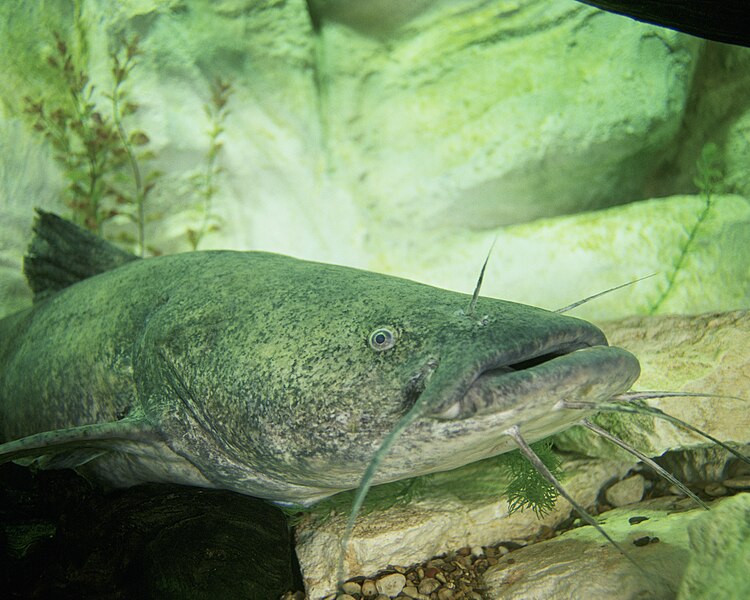
In 1998, a massive 123-pound flathead catfish was caught in the Elk City Reservoir in Kansas, setting a record for this species in North America. Flathead catfish are known for their unique appearance, with broad heads and mottled coloring, making them stand out among other catfish. This catch measured over five feet long, underscoring the impressive size flatheads can reach in the right environments. The Elk City Reservoir is home to a diverse fish population, but this catch demonstrated its capability to sustain large, mature catfish. Flathead catfish are considered top predators in their habitats, feasting on other fish to maintain their robust builds. This record-breaking flathead became a point of pride for Kansas anglers and continues to inspire local fishing stories. Its capture highlighted the potential for surprising catches in American reservoirs.
Jau Catfish – Amazon Basin (109 Pounds)
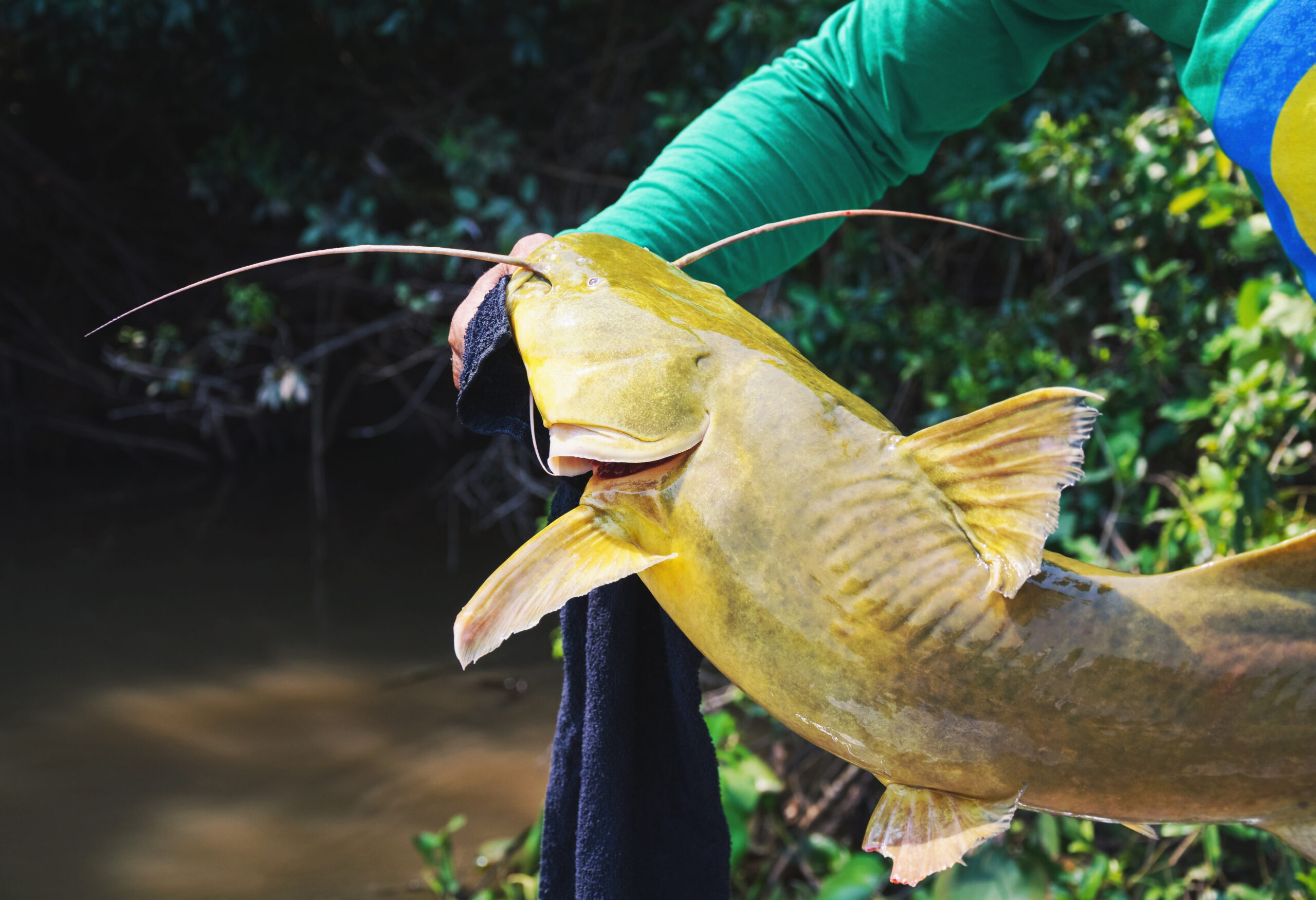
A massive Jau catfish weighing 109 pounds was caught in the Amazon Basin, showcasing the variety and size of Amazonian catfish species. The Jau catfish is known for its elongated body and powerful, sleek appearance. This species can reach lengths of over six feet and is considered one of the more elusive large fish in the Amazon. The 109-pound catch brought attention to the Jau’s size potential and reinforced the Amazon’s reputation as a fishing paradise. Jau catfish are prized for their strength and tenacity, often giving anglers a formidable challenge. This particular catch remains one of the largest recorded, setting a benchmark for future fishing endeavors. The fish’s size and elusive nature make it a legendary target among Amazon fishers.
Shovelnose Catfish – Brazil (93 Pounds)
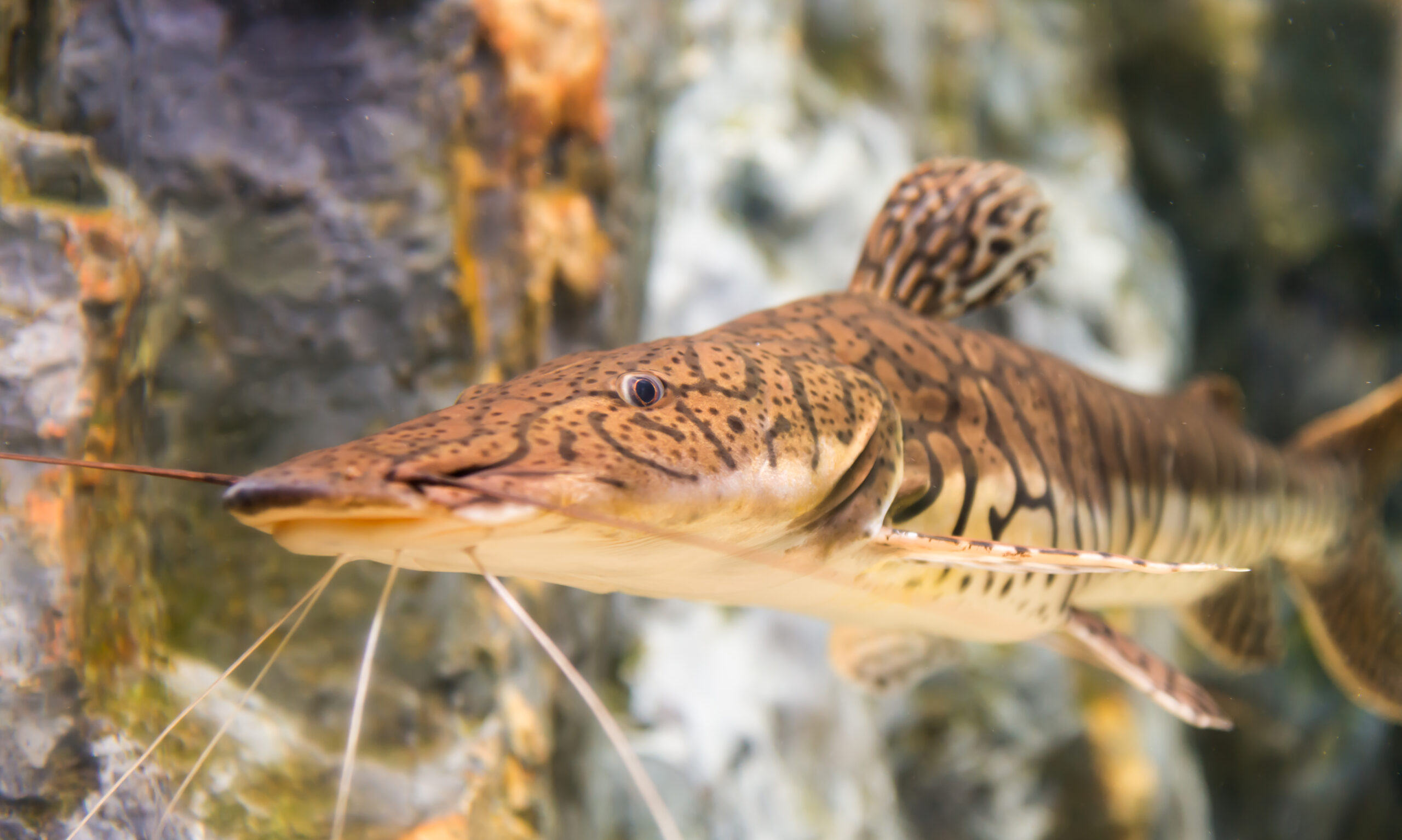
In 2013, a stunning shovelnose catfish weighing 93 pounds was caught in Brazil, breaking records for this species. Shovelnose catfish are known for their distinct, flattened snouts and elongated bodies, giving them an unmistakable appearance. This species can grow up to six feet in length, with this particular catch displaying both size and strength. The fish’s streamlined shape allows it to navigate the Amazon’s currents with ease, making it a powerful swimmer. Although less well-known than some other Amazonian giants, the shovelnose is highly valued for its unique look and challenging capture. This 93-pound catch drew attention from anglers worldwide, proving that the Amazon’s waters are full of surprises. The capture emphasized Brazil’s diverse and thriving freshwater ecosystem.
Goonch Catfish – India (264 Pounds)
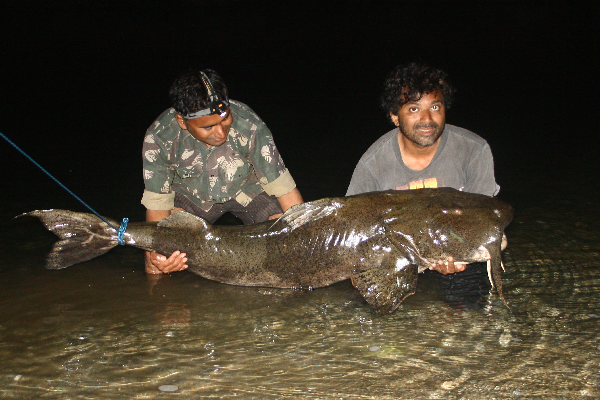
The Goonch catfish, caught in India’s Kali River and weighing a massive 264 pounds, is one of the heaviest catches recorded in South Asia. Known for its size and aggressive nature, the Goonch catfish can reach lengths of nearly seven feet. The Kali River’s strong currents provide the ideal environment for these powerful fish to grow and thrive. Goonch catfish have gained a reputation as fearsome predators, sometimes even rumored to attack other animals due to their strength and size. This particular catch set a benchmark for the species, attracting anglers interested in large freshwater challenges. Goonch catfish are not only known for their size but also for their resilience and elusive nature. This record-breaking catch remains legendary in India’s fishing community.
Bighead Carp Catfish Hybrid – China (187 Pounds)
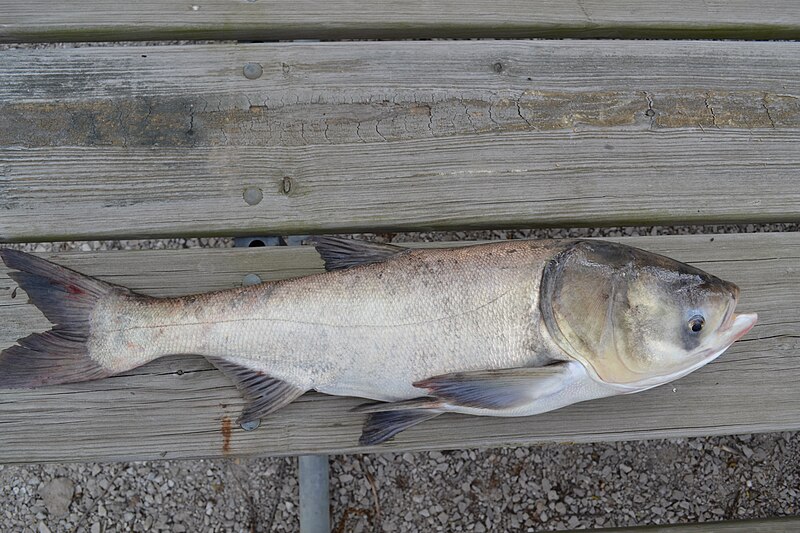
An unusual 187-pound bighead carp catfish hybrid was caught in China, showcasing a unique combination of characteristics from both species. This hybrid fish displayed an immense size, reaching nearly six feet in length and boasting the strong, muscular build typical of large catfish. Hybrids like these are rare, but the expansive rivers and lakes of China provide a supportive environment for such crossbreeds. The catch highlighted the potential for unexpected discoveries in the country’s freshwater habitats. Known for their strength and resilience, these hybrid catfish are challenging to reel in, providing a memorable experience for any angler. This hybrid catfish became a fascinating point of study for local researchers due to its unusual lineage. The catch underscored the diversity found within China’s waterways.
Niger Catfish – Africa (154 Pounds)
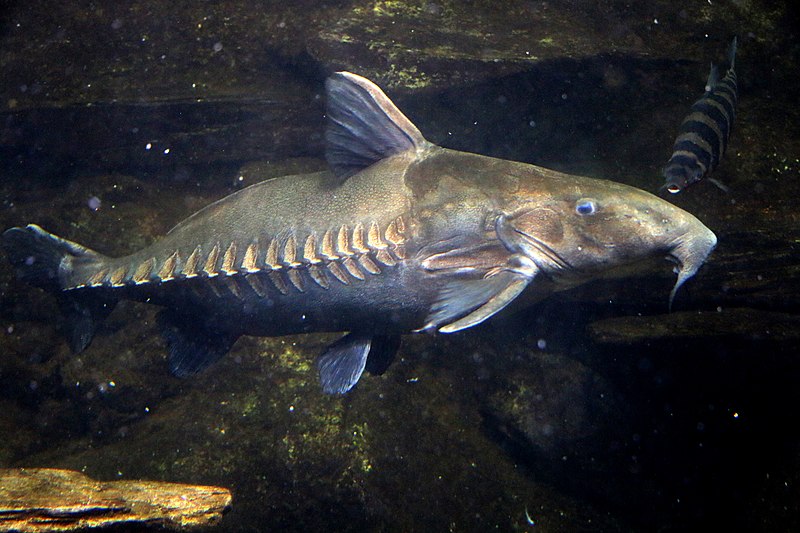
Caught in Nigeria’s Niger River, a 154-pound Niger catfish became one of the largest recorded catches in African freshwater fishing. Known for its dark coloring and elongated shape, the Niger catfish is a staple in West African rivers, where it can grow to immense sizes. This species is highly valued for its role in local diets and fishing culture. The Niger River’s abundant resources and vast network of tributaries support the growth of such large fish. This catch drew the admiration of local anglers and showcased the importance of preserving Africa’s freshwater resources. Niger catfish are revered not only for their size but also for their resilience and adaptability. This 154-pound specimen remains a significant achievement in African freshwater fishing.
Wallago Catfish – India (176 Pounds)
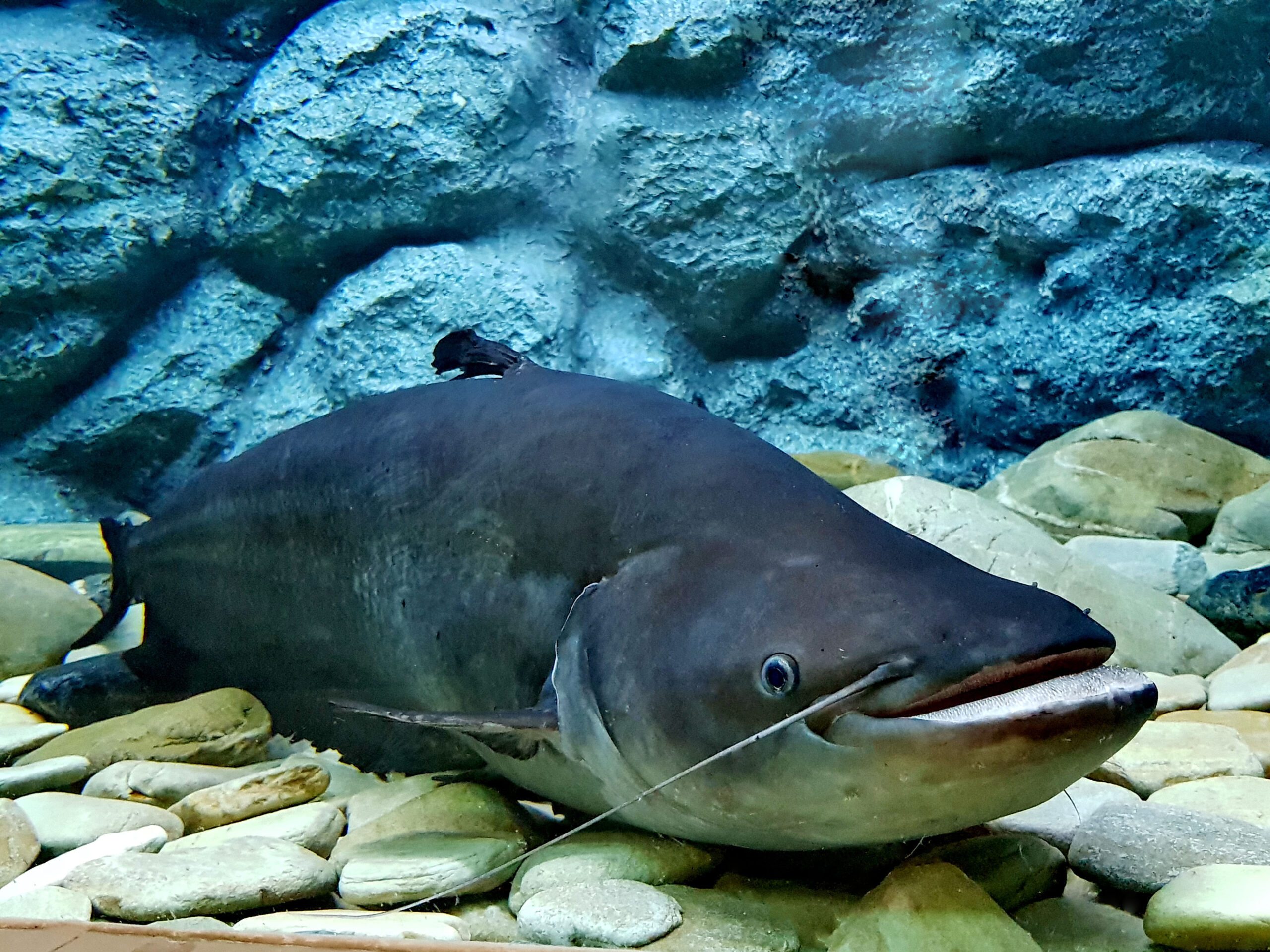
In India, a 176-pound Wallago catfish was caught in the Ganges River, solidifying its reputation as one of South Asia’s largest freshwater fish. Wallago catfish are known for their elongated bodies and sharp teeth, which lend them an intimidating appearance. This species thrives in the river’s warm, nutrient-rich waters, which provide ample sustenance. The Ganges is home to diverse aquatic life, and this catch brought renewed attention to its ecological significance. Wallago catfish are fierce hunters, preying on other fish and showcasing impressive survival skills. This particular catch set a new standard for Indian anglers, inspiring many to seek out similar giants. Its capture added to the growing list of significant catches in South Asia’s famed river systems.
Channel Catfish – United States (58 Pounds)
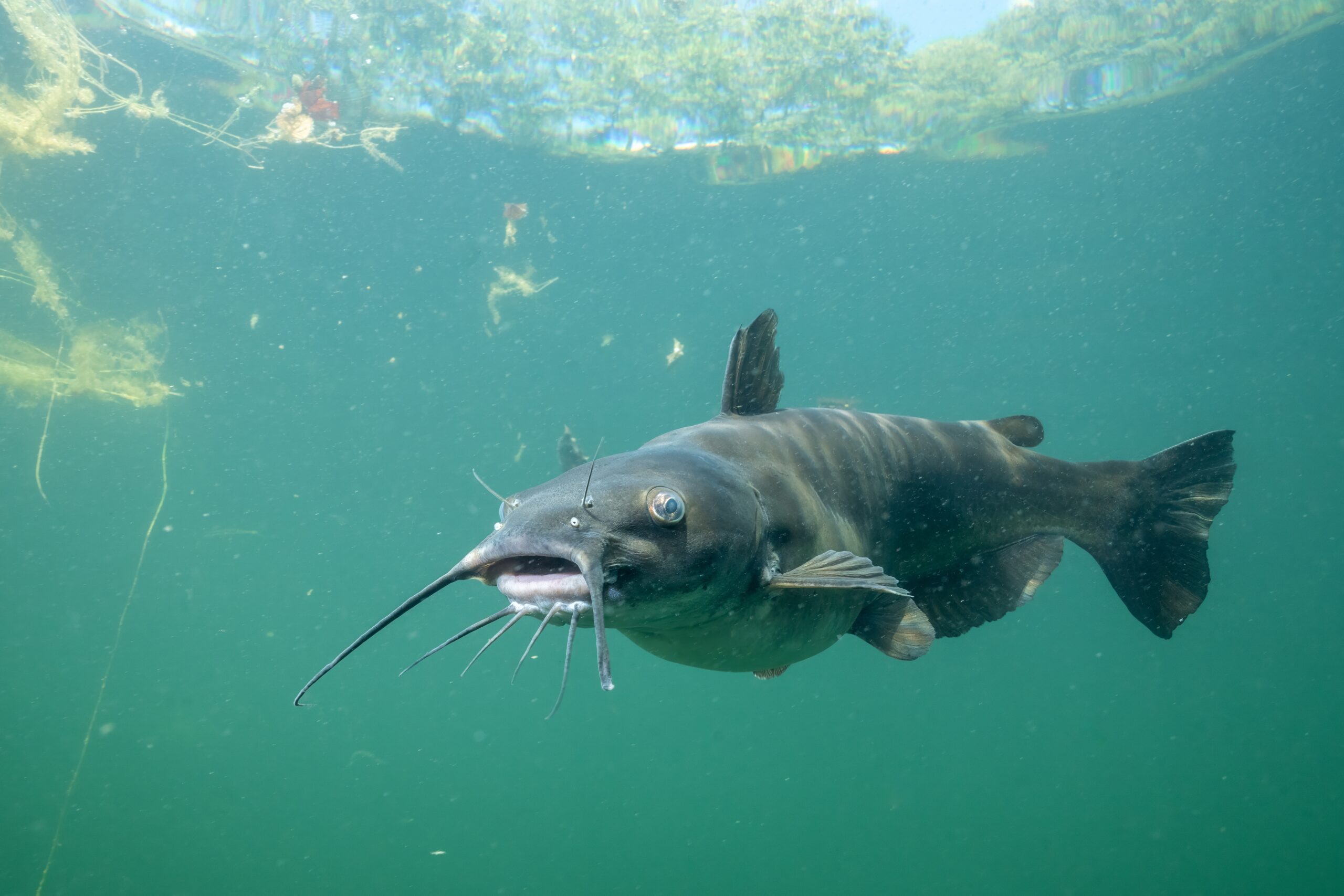
In South Carolina’s Santee-Cooper Reservoir, a channel catfish weighing 58 pounds set the state record in 1964 and has remained one of the largest recorded. While channel catfish are generally smaller than other catfish species, they are known for their adaptability and can grow impressively large under the right conditions. The Santee-Cooper Reservoir, known for its abundant fish populations, provided the ideal environment for this channel catfish to thrive. This record-breaking catch continues to be celebrated by anglers in the region. Channel catfish are prized for their mild flavor, making them a popular catch in American waters. The capture of this 58-pound catfish highlighted the potential for surprising catches even within more common species. It remains a remarkable feat in the history of American freshwater fishing.
Pangasius Catfish – Vietnam (293 Pounds)
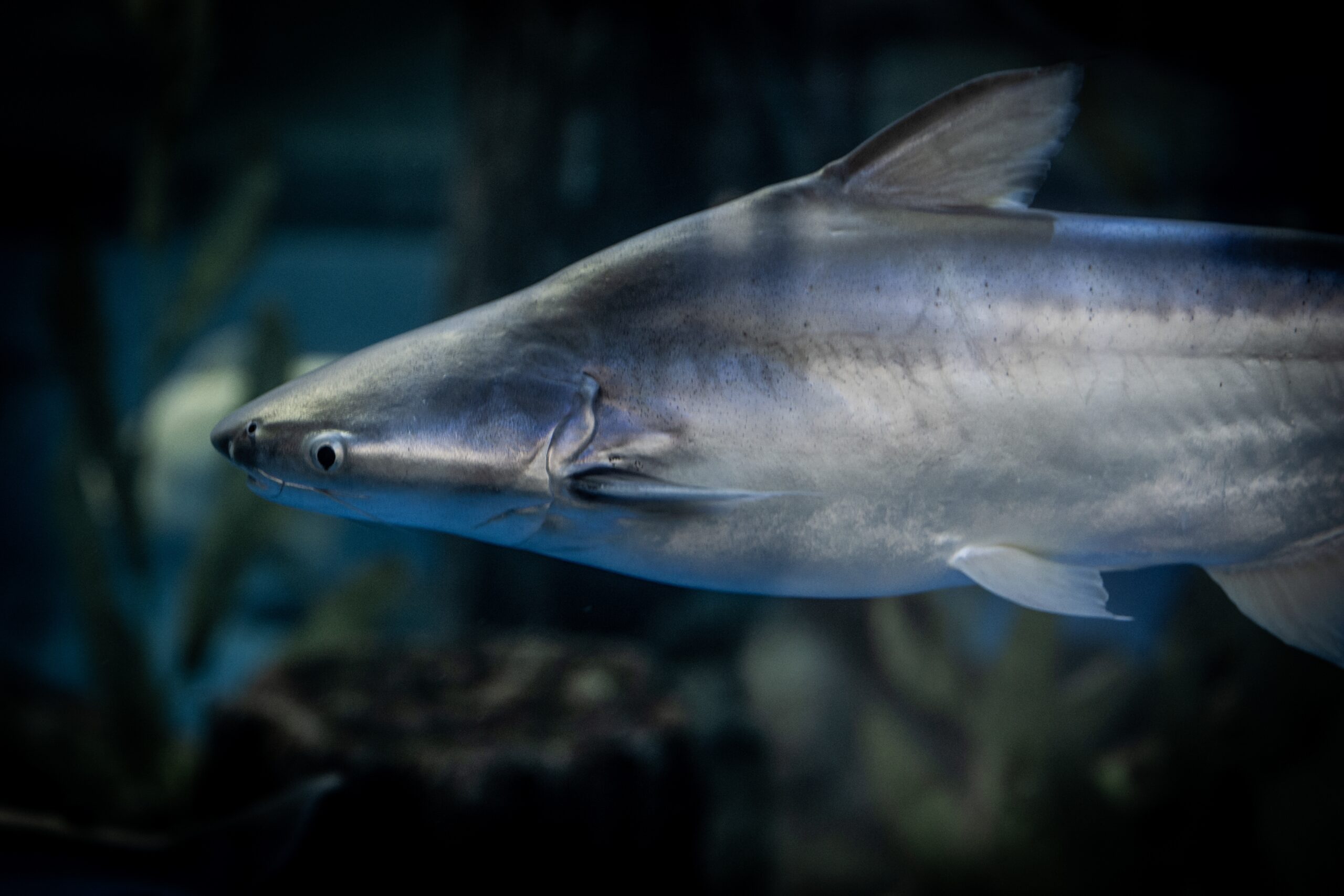
In Vietnam’s Mekong Delta, a Pangasius catfish weighing 293 pounds was caught, drawing significant attention to this species’ size potential. Known for their robust build and resilience, Pangasius catfish thrive in the nutrient-rich waters of the Mekong. This catch measured nearly seven feet in length, making it one of the largest catfish ever recorded in Southeast Asia. The Mekong Delta serves as a vital habitat for a wide variety of fish, supporting large species like the Pangasius. This particular fish became a focal point for conservation discussions surrounding the Mekong’s diverse ecosystems. Pangasius catfish are also an important source of food and livelihood for many local communities. The capture of this 293-pound giant highlighted both the river’s ecological wealth and the need for sustainable fishing practices.
This article originally appeared on Rarest.org.
More From Rarest.Org
Many animals across the world embark on incredible journeys for breeding and survival. From insects to large mammals, these migrations often span thousands of miles, driven by the need to find food, favorable climates, or safe places to reproduce. Read more.
Throughout history, Earth has been home to some truly enormous land mammals, many of which dwarfed even the largest animals we see today. These creatures roamed continents millions of years ago, shaping ecosystems with their immense size and strength. Read more.
Rivers around the world are under increasing threat from damming and other forms of water management, which are disrupting natural ecosystems and threatening the biodiversity that depends on these waterways. From large-scale hydroelectric projects to water diversion for agriculture and urban development, these interventions can have long-lasting negative effects on both local communities and wildlife. Read more.



